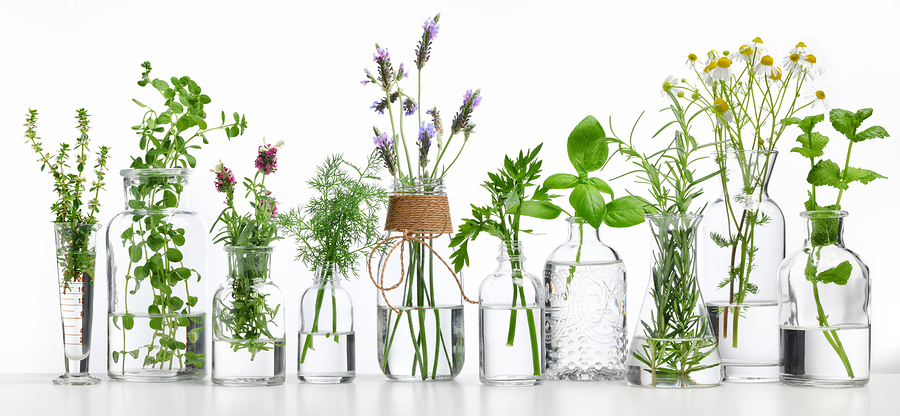- Make It Yourself Lavender Heart-Shaped Bath Bombs!
- 20 Things You Never Knew About “Down There”
- 12 Best Foods For Those Suffering From Arthritis Pain
- 12 Personal Hygiene Mistakes Almost Everyone Makes (Mom Never Told You About #4!)
- 15 Medicinal Plants And Herbs From The Cherokee People
- 12 Mind-Blowing Benefits Of Drinking Coconut Water During Pregnancy
- 12 Outstanding Winter Foods That Won’t Fatten You Up Like A Christmas Turkey
Beneficial Weeds You Must Know About
In the world we live in today, it may seem like an unnecessary action to be on the lookout for weeds in your backyard that could help you medicinally or with nutrition. It seems that we have all the medicine and food that we could need to sustain us in any kind of environment. Unfortunately, this might not be true. Sources estimate that by 2050, there will be 2 billion more people to feed and that there isn’t enough food to go around unless we double the amount of food we’re currently farming. When other factors are taken into account, such as the environment that is being destroyed to make way for farms and all of the genetically modified crops and harmful pesticides being used to increase crop yield, it might start sounding like a good idea to find food in your backyard.
RELATED: Food Parts You Never Knew You Could Eat
And looking for food in your backyard might not even have to be as time consuming, or even as hard work, as you think it will be. Yes, gardens are a great way to add food to your family’s plates without buying from the store but there might be food already growing in your backyard and you don’t know about it. “Weeds” are abundant in everyone’s backyard and many of those are actually very beneficial nutritionally and medicinally.
No matter the size of your yard, if you haven’t resown it to make it an even layer of grass, you can find at least one or two of the below ‘weeds’ to harvest and use. Most of the weeds below have multiple uses and one can use either the leaves or the flower/seed part of the weed. Take a look at the most beneficial weeds down below and see if your backyard has what it takes to feed you.
1. Amaranth
This weed actually has many varieties, as many as 60, and has been cultivated in the past as well as presently, although less so now. It was a popular food item for the Aztecs and is still grown in many areas of South America. The wild varieties of this plant don’t grow as tall or have as many flowering heads with seeds, but they can still be found in North America growing without being planted. In fact, it has been labeled a ‘weed’ mostly because of its tolerance against glyphosate – a chemical used by Monsato in their famous Round Up pesticide. In the wild it grows as a relatively tall plant with flowers that turn deep red in the late summer or fall. These flowers are also the ‘seed’ of the plant and once ready to harvest look like small grains, although it is technically known as a pseudo-cereal.
The leaves of the Amaranth can be harvested as well and cooked to most closely resemble spinach. The grain of the plant can be ground, roasted, or popped to further create food from them. The plant also has a lot of nutrition and is one of the only recognized grains that contains Vitamin C. One serving of amaranth grains also contains more than 100% daily value of manganese, has few carbohydrates, 82% of the daily recommended iron, 30% of calcium and has high concentrations of potassium, magnesium, and phosphorous. Amaranth is also high in protein due to lysine, an amino acid that has a protein content similar to that of milk making it easily digestible. When looking for amaranth, search for large, broad leaves or flowers that are deep red in color already.
Continue to Page 2





























